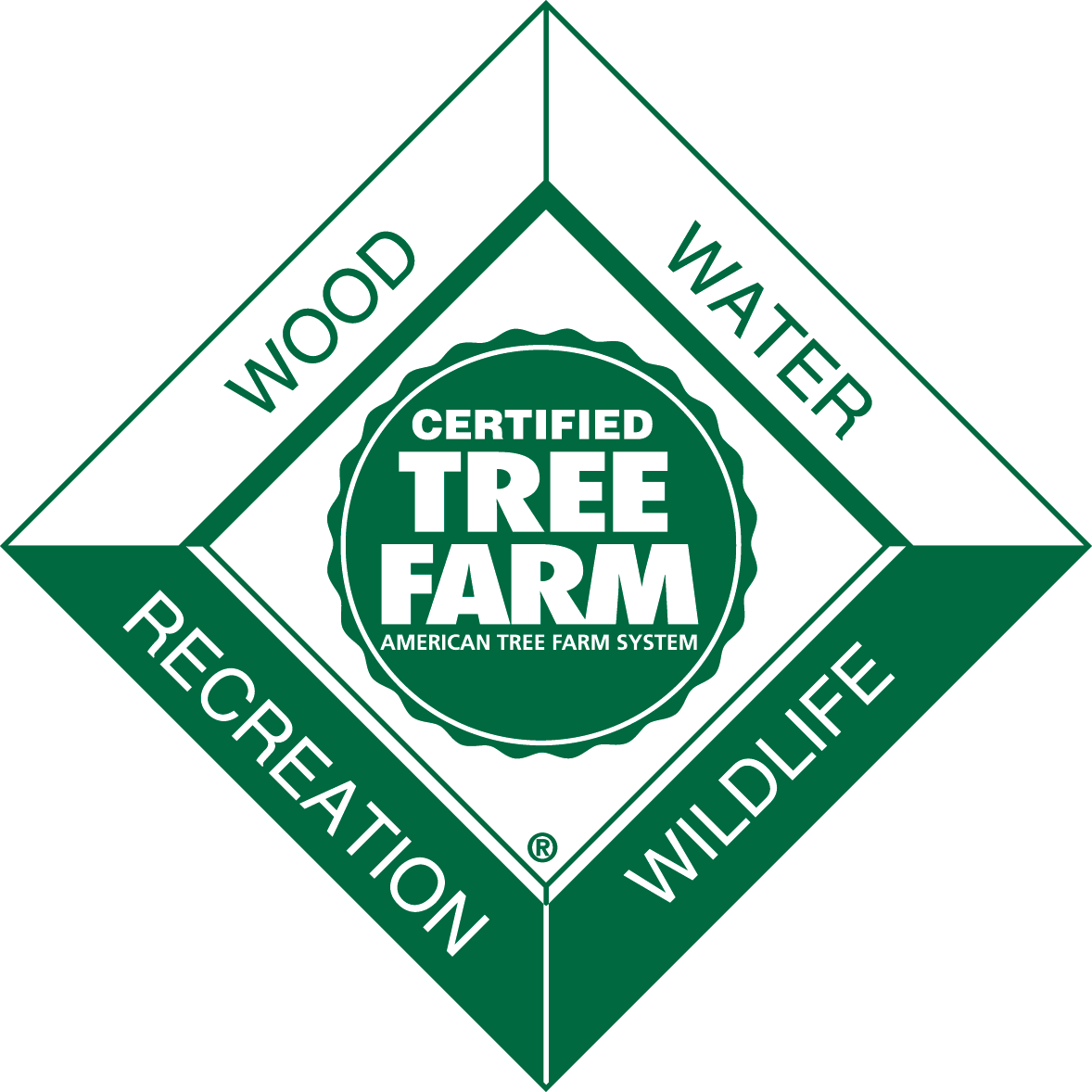Timber Management
The Wisconsin Board of Commissioners of Public Lands (BCPL) oversees almost 78,000 acres of School Trust Lands. These lands are managed as a working forest to generate revenue through a sustainable timber harvesting program. Most of these timberlands are in a nine-county area in the northern third of Wisconsin. To view a map of school trust land total acreage by county, click
here.
Balanced Intentions
BCPL holds land and other assets in trust for its beneficiaries. As such we have a fiduciary duty to prudently manage, protect and enhance the value of these trust lands. To meet these obligations, our staff engage in a range of forest land management activities that include sustainable timber harvesting in addition to land sale/purchase and exchanges - with the goal of enhancing long-term timber revenue and to increase public access.
In our dual role as producers of income for current and future Trust beneficiaries, we are committed to a long-term strategy of sustainable forestry.
Timber Sales
Timber production and other land management activities are planned and scheduled to provide an even flow of revenue and expenses each year. Timber harvests are used as a tool to: 1) generate revenue; 2) maintain a healthy forest; 3) encourage forest types that are more adapted to existing site and climatic conditions; 4) increase the value and growth of residual trees; and 5) increase public access through road construction and maintenance.
Timber sales are offered to the public via a sealed bid auction twice each year. BCPL continues to meet sustainable annual harvest levels, while also identifying and protecting unique or High Conservation Value areas.
Forest inventory
BCPL conducts forest inventory and reconnaissance on about 20% of its ownership annually. These detailed site inspections document various attributes that help to describe the condition of the forest - such as species composition, growth, timber volumes, tree regeneration, and insect/disease problems, to name just a few. This data is vital to develop detailed management plans and sustainable harvest schedules for our entire land base.
Management Planning
The management of BCPL woodlands is guided by a comprehensive management plan, along with a detailed Geographic Information System (GIS). This plan and the associated GIS data contain site-specific information about timber management including timber harvest schedules, forest monitoring, and non-commercial treatments, as well as information about water features, wetlands, rare species, roads, historical sites, and past management activities. We have analyzed the historical records of over 1,000 timber sales going back to the onset of logging on Trust Lands in 1943. This data is also stored in the management GIS which allows us to efficiently review treatment history for any given area of our property.
Forest Certification
 Forest Landowners that sell forest products benefit from “third party” certification to verify that they are practicing forestry in an environmentally responsible, socially beneficial, and economically viable manner. A growing number of consumers prefer proof of a forest certification when purchasing wood or paper products. The BCPL forest management program and land base have been third-party Certified through the American Forest Foundation Eight Standards of Sustainability (AFF Sustainability Standards). This certification program is administered by the American Tree Farm System under a Group Certificate (#: US015101). The BCPL land base and management procedures are audited annually to verify that they continue to adhere to the Tree Farm sustainability principles and guidelines.
Forest Landowners that sell forest products benefit from “third party” certification to verify that they are practicing forestry in an environmentally responsible, socially beneficial, and economically viable manner. A growing number of consumers prefer proof of a forest certification when purchasing wood or paper products. The BCPL forest management program and land base have been third-party Certified through the American Forest Foundation Eight Standards of Sustainability (AFF Sustainability Standards). This certification program is administered by the American Tree Farm System under a Group Certificate (#: US015101). The BCPL land base and management procedures are audited annually to verify that they continue to adhere to the Tree Farm sustainability principles and guidelines.